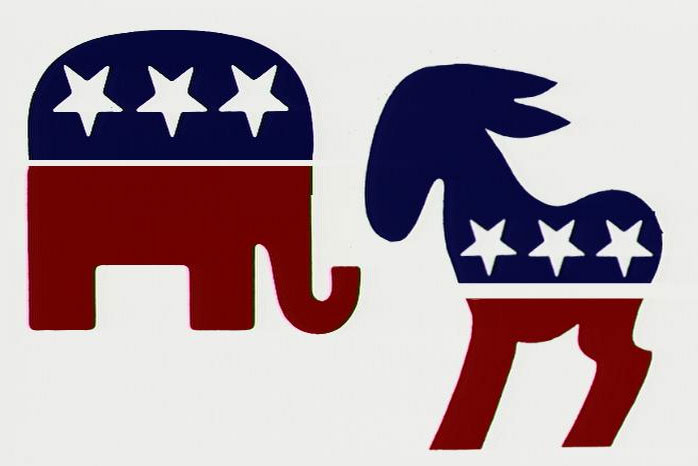With Arizona’s presidential preference election behind us, one NAU political analyst is looking at why Coconino County election results look a little different from statewide results.
For example, John McCain won the state, but his winning margin against second-place Mitt Romney—who today announced he was suspending his campaign—was much larger in Coconino County than was true statewide. And Barack Obama won among Coconino Democrats, but Hillary Clinton won the statewide vote.
“The differences lie partly in the demographic makeup of the county and partly in an understanding of values shared by county residents,” said Fred Solop, director of NAU’s Social Research Laboratory and professor of political science.
On the Republican ticket, Solop cited exit polls that point to Romney’s baseline support in Arizona among Mormon voters, conservative voters and voters concerned about immigration.
“Knowing this, it’s not surprising that Romney had a weaker base of support in Coconino County, which does not have the larger Mormon populations you will find in Apache and Navajo counties,” he said.
In addition to demographics, Solop said values played a large role in this election.
“McCain did better with liberal and moderate voters while Romney did better with conservative voters,” he said, adding that surveys conducted by NAU’s Social Research Laboratory consistently show that Coconino County is one of the least conservative counties in Arizona.
“Maricopa County, on the other hand, is one of the more conservative counties in the state,” Solop said. It also houses nearly two-thirds of the state’s population. “Not surprisingly, Romney had more strength in Maricopa County than in Coconino County.”
Solop also pointed to his lab’s past surveys that reveal immigration is at the top of the list of concerns in Arizona.
“The closer you go to the border, the more concern people express about this issue and the more conservative the perspective,” he said. “Here in Coconino County, immigration and border security are not as great a concern as they are in southern Arizona.”
McCain also drew more strength from voters concerned about the economy and foreign policy issues like the war in Iraq and terrorism. “These concerns were more on the mind of Coconino Republicans on Election Day than immigration was,” Solop said.
On the Democratic side of the aisle, where Obama won among Coconino Democrats while Clinton won the statewide vote, Solop said an understanding of this reversal also lies in an understanding of demographics and values.
National exit polls show that Clinton did better with whites, Latinos and women, while Obama did better with African-Americans and men.
“Perhaps one of the greatest dividing lines between voters was along education levels. Obama won among voters with an education beyond a four-year college degree,” Solop explained. “Here in the Flagstaff area, the core of Coconino County, we have a very highly educated—and underemployed—community compared with the rest of Arizona. This worked toward Senator Obama’s advantage.”
Solop said Gov. Janet Napolitano’s endorsement of Obama also helped increase his vote totals in Coconino County, where Napolitano is well regarded.
“She visits our community frequently and has the support of county Democrats who work hard on her behalf,” he said. “An endorsement from the governor resonates in the county. The voters take notice.”
Despite the differences among voters in Coconino County and voters in the rest of the state, Solop said it’s important to keep in mind that primary elections may actually exaggerate how unique Coconino County residents really are.
“It’s important to remember that only a small percentage of the population participated in Tuesday’s election,” he said. “Less than one in 10 Coconino County residents actually cast a vote. Primaries are for the more partisan, more ideological voters living among us. We’ll have a better understanding of where we stand relative to the state when we analyze general election results in November.”



